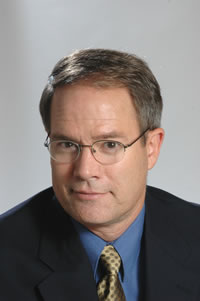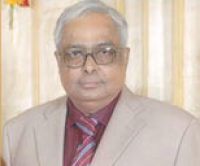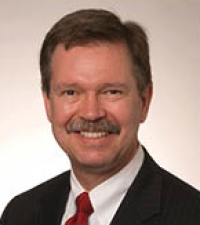
SPEAKER:
PER F. PETERSON
DATE/TIME:
MON, 02/24/2014 – 4:00PM TO 5:00PM
LOCATION:
3105 ETCHEVERRY HALL
Spring 2014 Colloquium Series
Abstract:
With its investment in small modular reactors (SMRs) based upon light water reactor (LWR) technology, the U.S. Department of Energy is encouraging industry to explore a radically different paradigm for finance, manufacturing, and deployment of nuclear energy infrastructure, that builds upon major U.S. success in developing and licensing passive safety systems for large LWRs. The commercial markets for large reactors will likely always exist. But the major innovation and improvement in future nuclear energy technology is far more likely to occur within the energy ecosystems where SMRs will increasingly compete, particularly inland markets limited to the use of rail-transportable components, mature electricity markets with transmission
constraints and/or impending closures of coal power plants, installations needing reliable long-term electricity supply under conditions with disrupted off-site electricity or fuel supply, and markets with small grids.
Within this context, UC Berkeley, in collaboration with MIT and UW Madison, is now studying advanced reactor technology with the goal of further shifting the nuclear energy paradigm toward accelerated innovation. This talk will provide an overview of the Mk-1 PB-FHR design, a novel 236-MWth small-modular fluoride-salt-cooled, high temperature reactor (FHR) designed to be coupled to a modified GE 7FB gas turbine. In combined-cycle configuration, the Mk1 PB-FHR produces 100 MWe in base-load mode using only nuclear heat, and can rapidly cycle up to 240 MWe with gas co-firing, with a gas-to-electricity efficiency of 66%. This talk will review recent source-term and safety studies for the PB-FHR, as well as progress to develop an American Nuclear Society 20.1 safety standard for FHRs.
About the Speaker:
Per F. Peterson performs research at U.C. Berkeley related to high-temperature fission energy systems, as well as studying topics related to the safety and security of nuclear materials and waste management. He was appointed in February 2010 as a member of the Blue Ribbon Commission on America’s Nuclear Future and co-chaired its Reactor and Fuel Cycle Technology Subcommittee. He participated in the development of the Generation IV Roadmap in 2002 as a member of the Evaluation Methodology Group, and co-chairs its Proliferation Resistance and Physical Protection Working Group. His research in the 1990’s contributed to the development of the passive safety systems used in the GE ESBWR and Westinghouse AP-1000 reactor designs. Currently his research group focuses primarily on heat transfer, fluid mechanics, and regulation and licensing for advanced reactors.





